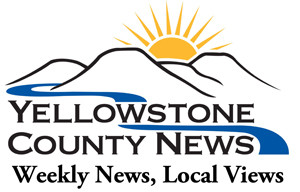Last Friday, Governor Steve Bullock announced that Montana’s unemployment rate had improved considerably in May due to strong job growth. It dropped 2.9 percentage points to 9.0%. Back in April, the unemployment rate in Montana was at 11.9%. While this was considerably higher than the current level, it was still below the national unemployment rate of 13.3% in May.
“Due to our early action to prevent the spread of COVID-19, we’ve been able to continue with the phased reopening of our state, our economy is recovering, and thousands of Montanans have returned to work,” said Governor Bullock. “As we keep working to fight the spread of the virus, we will keep working every single day to stimulate our economy and support Montana families and businesses through this time.”
Montana posted the third-fastest payroll employment growth among states in May with 4% over the month, and had the 7th lowest unemployment rate in the country. Along with this, private payroll employment also posted a record-breaking gain of over 15,500 jobs over the month, with improvement across most private industries. However, job losses in the local government sector kept overall payroll employment gains to 13,300 jobs. Total employment, including both payroll jobs and the self-employed positions, added 16,780 jobs over the month. This is the largest number of jobs added in any single month since the data series began back in 1976. Despite the substantial increase, Montana’s May employment estimate remains roughly 44,000 jobs below its peak before the pandemic’s spread.
Unemployment continues to drop since the employment data was captured in May. This suggests that future employment data will continue to improve. Since the peak of unemployment claims during the week of April 18th, nearly 29,000 Montanans have been able to return to work and are no longer making unemployment claims. Along with this, roughly 15,000 Montana residents have gone back to work at a part-time level.
Prices once again declined in May, falling 0.1%. This marks three months of declination in the Consumer Price Index for All Urban Consumers. Accompanying this, gasoline prices have continued to fall as the prices for food and shelter increase. The index for all items less food and energy, also called core inflation, has fallen by 0.1%, its third consecutive monthly decline.

